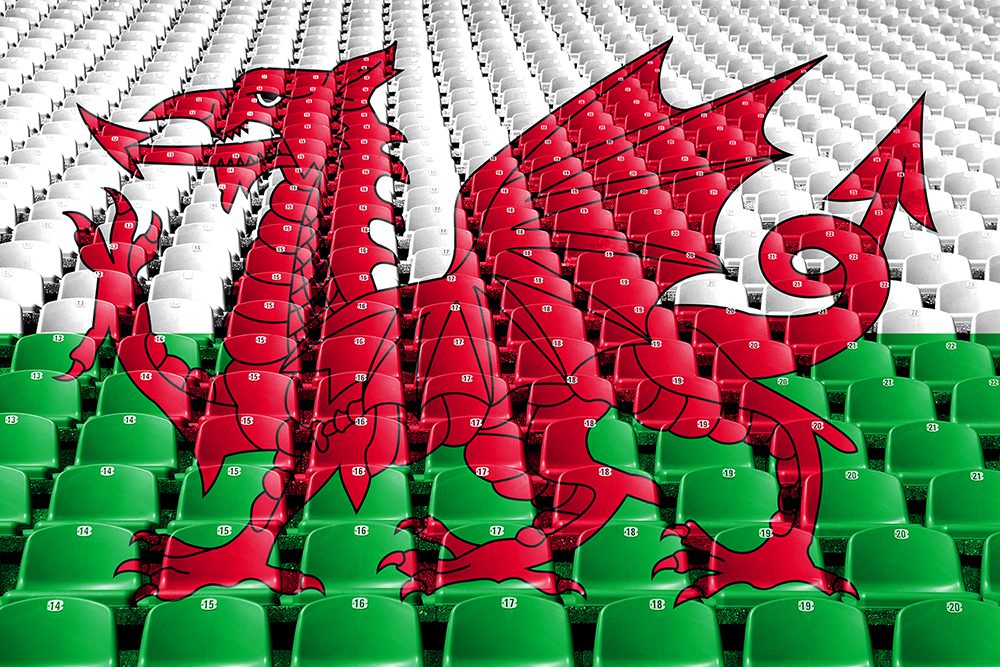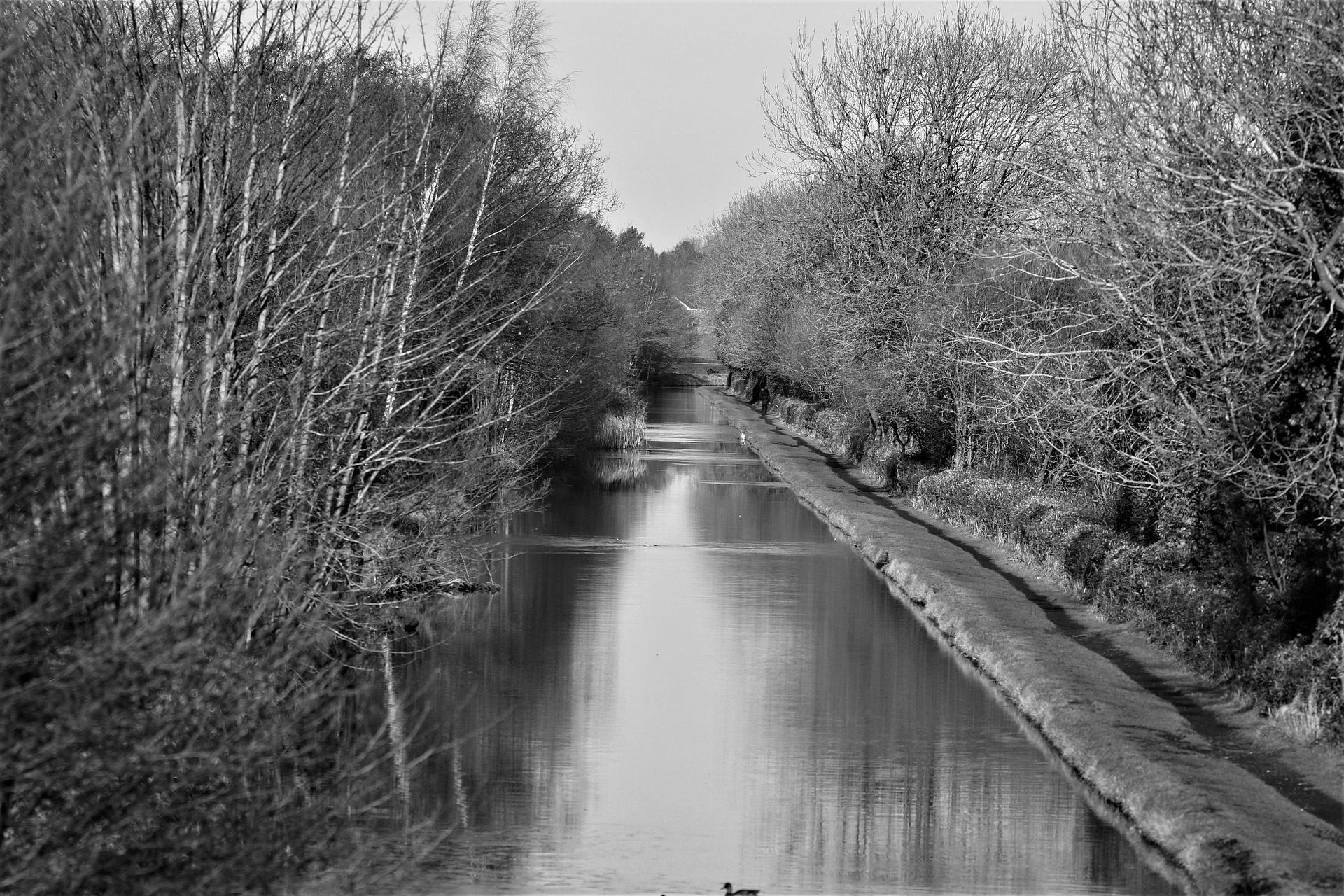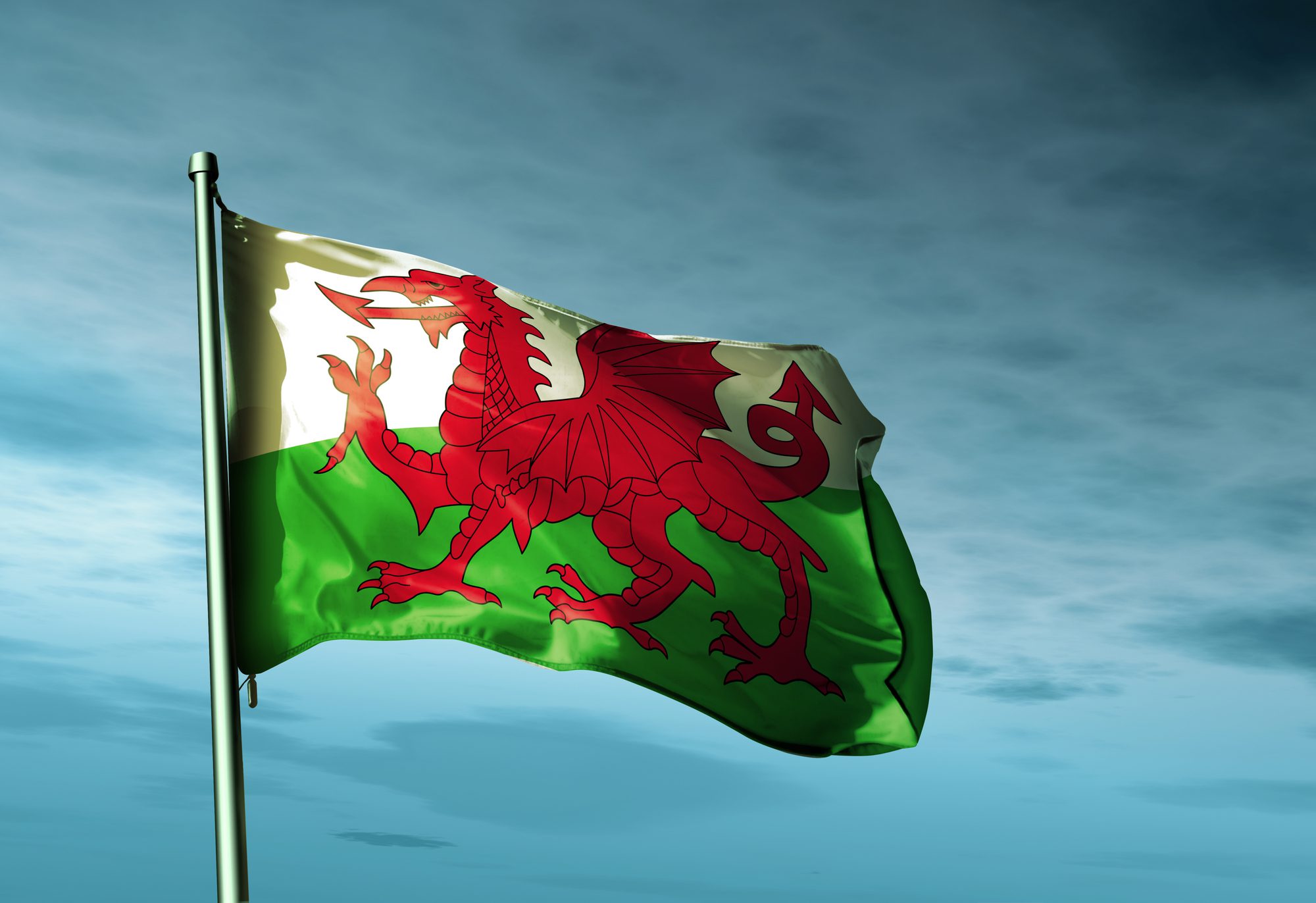Hen Wlad Fy Nhadau, the Welsh National anthem
You can learn our beautiful Welsh Anthem in just 4 short lessons with our free mini course!
- Master and understand the first verse and the chorus of the Welsh National Anthem.
- Become more deeply connected with the words than ever before by making them part of you.
- Experience a radical new way of learning and witness the remarkable power of your own brain

“Enjoying it a lot so far and looking forwards to trying the remaining lessons asap“
Lessons
Lesson 1
Lesson 2
Lesson 3
Lesson 4
“I used to get a bit tangled with the gwrol rhyfelwyr but I shall remember them now.“
How Wales introduced national anthems to the world of sport
It is said that one day in January of 1856, twenty four year old James James left his father’s woollen factory on Mill Street, Pontypridd, and took a contemplative walk in the brisk winter air along the banks of the river Rhondda.
Being the son of a poet and living in an age where the marriage of rhyme and song was part of everyday life, James, as well as being a talented harpist, was also showing promise with poetic rhyme.
Whilst alone with his creativity that morning, a new and uplifting song came to him. Whether he was humming or whistling at the time is unknown – we’ll leave that to your imagination. But that tune became the melody of the Welsh national anthem.
Of course, James didn’t deliberately set out to unite a nation in song, but as the melody came together in his head, the more inspired he became.

On returning home to his parents’ factory house, James eagerly shared his song with his father. Evan James, moved by his son’s rousing melody, began imagining lyrics.
The late Mr Taliesin James, son of James James, recalled his father’s tale of how their song came to life:
“Returning to my grandfather’s house, but a few doors from his own, he said to him, ‘Father, I have composed a melody, and which is, in my opinion, a very fitting one for a Welsh patriotic song. Will you write some verses for it?
The song was titled Glan Rhondda and soon after its composition in early 1856, it was performed publicly for the first time in the vestry of Capel Tabor in Maesteg by a singer called Elizabeth John from Pontypridd, she was 16.
Its popularity grew quickly in the locality and beyond and It is believed that as it began to be sung by larger crowds, its original tempo slowed down.
At the Llangollen Eisteddfod in 1858, Thomas Llewelyn of Aberdare won a competition for an unpublished collection of Welsh airs with a collection that included Glan Rhondda. The adjudicator of the competition, Owain Alaw, asked for permission to include Glan Rhondda in his publication, Gems of Welsh melody. It is in this volume that Glan Rhondda adopted its more famous title, Hen Wlad Fy Nhadau. Gems of Welsh melody was sold in large quantities across Wales, therefore ensuring the popularity of Hen Wlad fy Nhadau as one of Wales’ greatest songs.
Over the years that followed, the love of Hen Wlad fy Nhadau as a song of devotion to Wales, its people and culture, grew. It became iconic, being sung as a show of patriotism throughout the country at events and gatherings, with performances at many an Eisteddfod.

Then in 1905 something quite extraordinary happened. At Cardiff Arms Park on 16 December, the first rugby match between Wales and New Zealand took place in front of a crowd of 40,000. Although Wales had won the Triple Crown that year, New Zealand were also undefeated after 27 matches. Expectations and confidence were running high – it was going to be quite a match.
The All Blacks were first to break the silence on the pitch with their fearsome Haka, but as it drew to a close and the opposition came to a standstill, Wales player Teddy Morgan led his team in singing Hen Wlad Fy Nhadau. The crowd, all fired up, picked up the chorus and in no time the stadium rang out with Wales’ new national Anthem.
That is how the Welsh introduced national anthems to international sport.
And yes, Wales succeeded in beating the All Blacks 3 – 0 in what was titled ‘The Match of the Century’.
Useful links
What others are saying
SSi is an excellent way to build confidence. It gets you speaking and really works! I’m very grateful to them.Leanne WoodFormer Leader of Plaid Cymru
I’m on a four-month trip to Central America and about 95% of the Spanish I’m using here came from SSi.Rachel HealyCosta Rica
The SSi approach flies in the face of established language learning theory and method – and yet, it works!Tess FitzpatrickHead of Applied Linguistics Swansea University


